An alarming new report published by The Lancet on April 5 reveals that drug-resistant malaria has spontaneously emerged from yet another hotspot in southeast Asia. If the super-parasites erupt elsewhere—such as in malaria’s African heartland—years of progress against the disease could be rapidly unravelled.
Malaria parasites that resist the wonder drug, artemisinin, were first sighted five years ago, in western Cambodia. Alarmed public health officials sprang into action, with stepped up containment efforts to prevent the bug from spreading. But all that may have been for naught, as a team of international researchers now report that similarly impervious malaria parasites had already emerged along the Thai-Myanmar border, some 800 kilometers away. Evidence suggests that they did not spread there from Cambodia but rather arose spontaneously, eight or more years ago.
Containment, in other words, is no longer possible. For the millions whose lives have been saved by artemisinin drugs, this is worrying news indeed. It’s possible that these impervious parasites could erupt almost anywhere artemisinin drugs are used. Perhaps they already have.
Ironically, artemisinin drugs saved the world from an earlier drug-resistant malaria. Launched after World War II, chloroquine was for decades the world’s wonder drug for malaria, popped like aspirin across the tropics. Widely available for pennies without a prescription, people consumed it with abandon. Chloroquine-resistant malaria first emerged in 1957, and within a few decades had spread from Southeast Asia across the globe. With no drug in sight to take its place, malaria deaths skyrocketed, tripling over the course of the 1980s and 1990s.
Artemisinin drugs capable of taming chloroquine-resistant malaria became widely available only after 2004, when international donors and the World Health Organization started to promote their distribution. International drug programs such as the Affordable Medicines Facility for Malaria, the brain child of the Nobel-prize-winning economist Kenneth Arrow, aimed to blanket the malarious world with artemisinin drugs, providing massive subsidies so that these meds—like chloroquine—would become widely available, without a prescription, for pennies. It worked. By 2010, global production of artemisinin drugs had increased to 130.6 million doses, from just 11.2 million in 2005. The distribution of these drugs coincided with scaled-up prevention efforts, in which insecticides were impregnated into hundreds of millions of bednets and sprayed on the interior walls of scores of homes, to kill and repel malarial mosquitoes.
Now the gains of that chemical blitz—a 31 percent drop in global malaria mortality between 2005 and 2010— are under siege. Along with drug-resistant parasites erupting in southeast Asia, malarial mosquitoes resistant to antimalarial insecticides have spread across central and western Africa.
Elsewhere, other infectious diseases are similarly routing our killing chemicals. In recent years, bacteria capable of defanging our most powerful antibiotic drugs have emerged and spread, such as the notorious NDM-1 or “New Delhi metallo-beta-lactamase 1,” which can resist 14 kinds of antibiotics, including the last-resort drugs used solely in hospitals, and which has so far spread to over 35 countries. Extensively drug-resistant, or “XDR” tuberculosis, plagues at least 58 countries, and in January, India became the third country after Iran and Italy to fall victim to totally drug resistant or “TDR” tuberculosis, an untreatable form of the disease.
Call it the revenge of the microbes. The more poison we throw at them, the faster they learn to circumvent our chemicals. That reality is also why the tools required to continue fighting this war are becoming increasingly scarce. Experts expect it will be at least 8 years before a new drug to treat drug-resistant malaria makes it to market. There hasn’t been a new drug launched to treat tuberculosis in nearly 50 years. There are currently no drugs in development that will treat NDM-1 bacterial infections. Why? Because these drugs are expensive to develop, and yet, the more people buy them, the faster the drug becomes obsolete and un-sellable. As a result, very few drug companies spend much time or money developing anti-microbial drugs anymore. It’s bad for business.
The sad truth is that each wonder drug we’ve thrown at malaria—and every other infectious disease—has fallen to drug-resistant pathogens. Artemisinin drugs, it seems, may be next. But the next generation of wonder drugs doesn’t have to suffer the same fate.
Microbiologists and others are developing new approaches to drugs and insecticides that minimize the emergence of drug-resistance, by targeting only the worst, most disease-causing aspects of pathogens. In malaria, for example, Penn State biologist Andrew Read has proposed the development of insecticides that leave intact young, reproducing mosquitoes and target only the oldest mosquitoes that are most likely to transmit malaria. That way, insecticide-resistant mosquitoes have zero advantage over susceptible ones. Insecticides and drugs developed using this logic could be virtually “evolution proof.”
Similarly, scientists are developing new rapid diagnostic tests that can ensure that bug-fighting drugs are used exclusively on active, disease-causing infections, greatly reducing opportunities for drug-resistant bugs to spread. New drug-resistance surveillance networks can now use molecular techniques to pinpoint the earliest signs of resistance, so that drug regimens can be changed before they fail. Disease-prevention methods that don’t rely on killing chemicals at all, such as improved housing and environmental management for malaria, and better hospital hygiene in hospitals and communities for drug-resistant bacteria, can help ward off infection without encouraging drug-resistant microbes at all.
Slowing the spread of drug-resistant malaria will take time and resources. But it’s better than the alternative: the loss of yet another wonder drug and a new era of unstoppable infections.
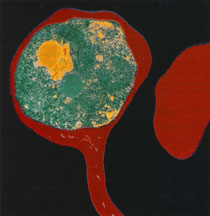



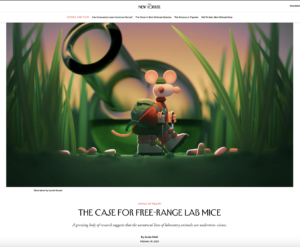
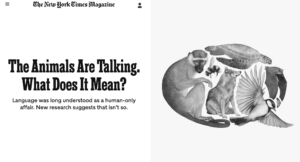
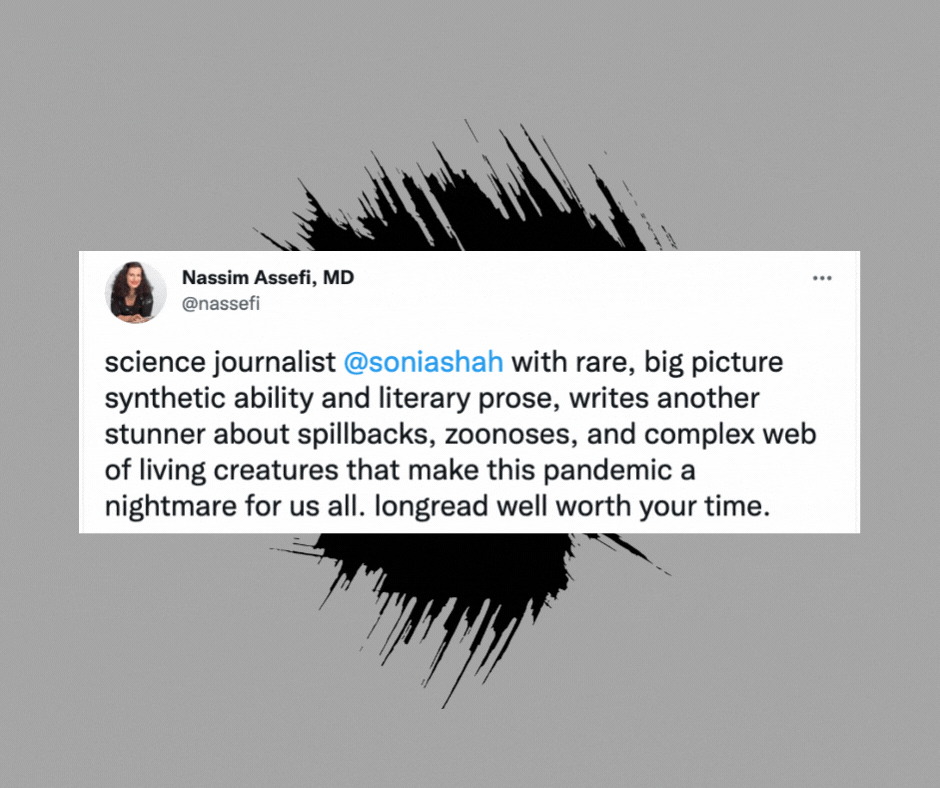
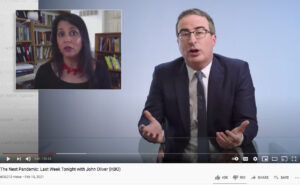
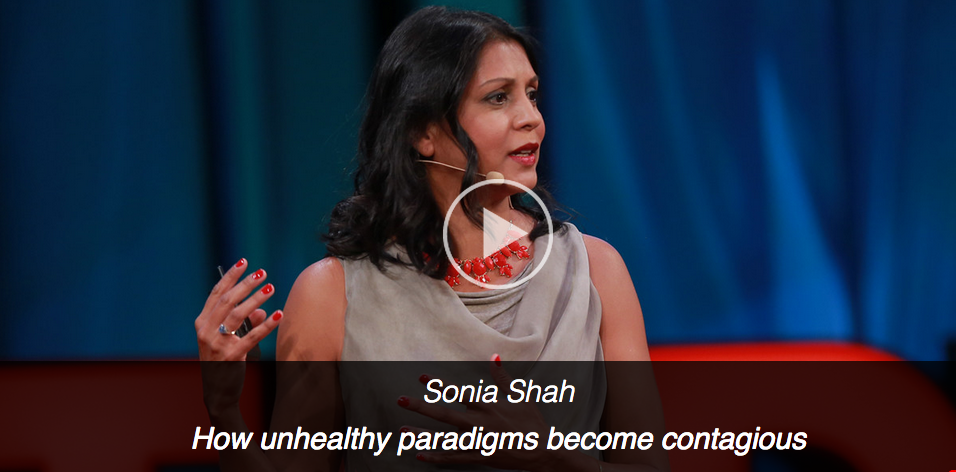





Very well written. It is time the policy makers are pressurised to take rational decisions that really make definite difference for those who suffer from malaria
Sonia, thank-you for the malaria update. I always look forward to reading you articles. Future articles will always be welcomed.
My hopelessness over conquering malaria, continues to be well founded.
Frightening stuff but this alarming news will not keep me from going home to India next year.
All the best
Bob
Dear Sonia,
You will be interested to know that mosquitos can be genetically modified so that they cannot transmit the malaria parasite http://www.bbc.co.uk/news/health-13128327 This has been known for more than a decade. Why isn’t this being seriously followed up?
The resistance of bacteria to antibiotics is alarming. But it is known that bacteriophage viruses are very effective in fighting bacterial infections. This was a well used technique in parts of the old soviet union. They were reported as being as effective as the best anti-biotics. Brilliantly, bacteriophage viruses adapt as the bacteria evolve, thus overcoming the problem of resistance.
Hope this is useful
Simon Marlow